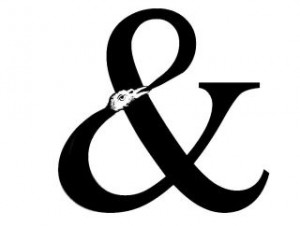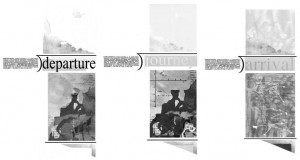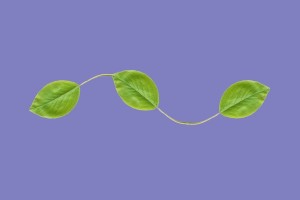Entry 579 — The Bleed 0.1
A few days ago I got a beautifully packaged hard copy of the webzine, The Bleed 0.1, from its editor, John Moore Williams. It’s a terrific overview of current visual and related poetry and art. I got the hard copy because my computer wouldn’t let me view the whole magazine at its website–due, apparently, to the fact that I’m still on dial-up. Anyway, Eric Goddard-Scovel has five infraverbal gems in the issue that became instant favorites of mine. Here are two of them:
Minor quibble: I would have had one more numeral 1 and two less exclamation marks in “11!”
* * *
Tuesday, 29 November 2011, 3 P.M. Tennis in the morning, errands, then a nap. After the latter, I felt pretty good, but was slow getting into any of my projects–after fairly quickly getting my blog entry for the day done and posted. I just now took care of a very short exhibition hand-out. I seem now to have 17 little comments on various poems of mine plus a Curriculum Vita ready for the show. I’ve started to other hand-outs. I’ve avoided my book so far, which has become a major drag. But I expect eventually to get to it.
Okay, it’s two hours later. I did a little futzing around with the section of my book I’m having trouble with, then went to bed for a little while. Couldn’t really sleep although I’m sleepy and did doze off for a few minutes once or twice. I tried to think methodically about my problem section, then abruptly concluded that I need a break from it. So I’m going to stop work on it until I feel I’ll be able to get somewhere with it. Maybe I’ll work on the essay I need to write in response to an essay of Jake Berry’s. I should watch some tv, too, or something. Get into another cumb Clancy novel . . .
.




